





Powerfront to Live search by okas concepts
Migrating your store from Powerfront to Live search by okas concepts might seem daunting, but with proper planning and the right tools, it's a smooth process. Follow this step-by-step guide to ensure a successful transition.
Schedule a call
Powerfront to Live Search by Okas Concepts migration guide
Step 1: Preparing for Migration
In this step, we focus on assessing your current Powerfront setup and gathering necessary data for a seamless migration to Live Search by Okas Concepts.
Step 2: Setting Up Live Search Environment
Here we will establish the Live Search framework, ensuring it is properly configured to receive data from Powerfront.
Step 3: Data Migration Process
This step dives into the actual migration of data from Powerfront to Live Search, detailing the technical execution of data transfer.
Step 4: Testing and Validation
In this step, we will thoroughly test the Live Search implementation to ensure everything functions as expected after migration.
Step 5: Optimizing Search Functionality
Next, we focus on optimizing the search settings within Live Search to enhance user experience and improve conversion rates.
Step 6: Launching Live Search
In this step, we prepare for the official launch of Live Search on your ecommerce store, ensuring everything is ready for your customers.
Step 7: Post-Launch Evaluation and Support
Finally, we evaluate the performance of Live Search after launch and establish ongoing support to keep everything running smoothly.
Power Your Step - Get in Touch
Contact us today to experience a seamless migration to Live Search and elevate your ecommerce platform.
Step 1: Preparing for Migration
Before initiating the migration from Powerfront to Live Search by Okas Concepts, we must conduct a thorough assessment of your current ecommerce environment. This includes evaluating existing data, app integrations, and the overall architecture of your online store. The objective of this preparatory step is to ensure that we have a comprehensive understanding of your current setup, which will facilitate a smoother transition.
We will begin by identifying the key components that need to be migrated, including product listings, customer data, order history, and any custom configurations that have been implemented in your Powerfront store. This step is critical as it lays the foundation for the migration process, ensuring that all necessary data is accounted for and ready for transfer to the new platform.
- Data Inventory: Create a list of all data types that need to be migrated such as products, customer accounts, orders, and content pages.
- Backup Existing Data: Perform a complete backup of your Powerfront data. This can be done using Powerfront's built-in export tools or through direct database access.
- Review Current Integrations: Document any third-party applications or plugins currently in use, as these will need to be reconfigured or replaced in the new environment.
By ensuring all this data is organized and backed up, we mitigate the risks of data loss during the migration process and set the stage for successful integration with Live Search.
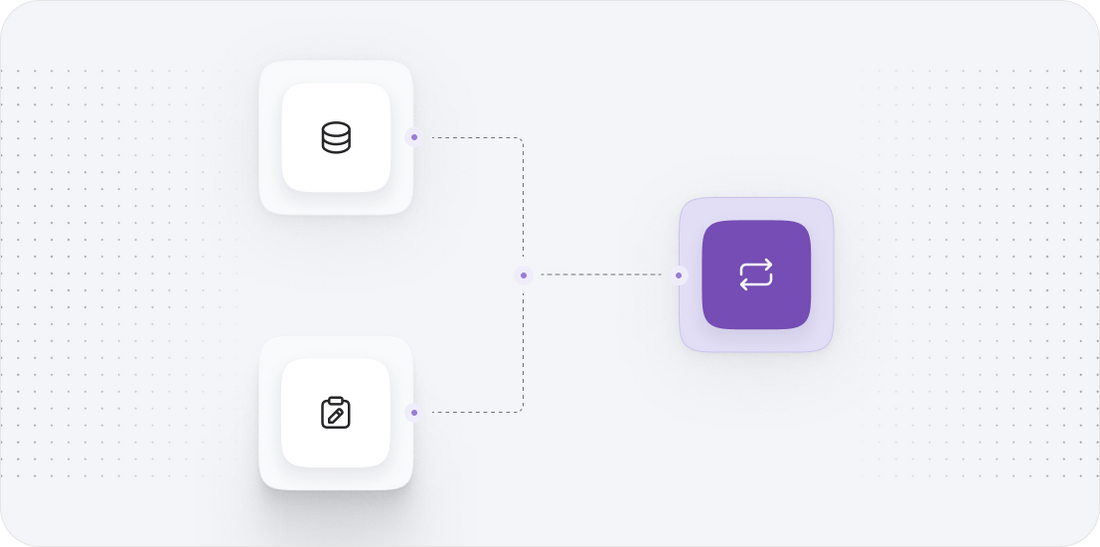
Step 2: Setting Up Live Search Environment
Once we have prepared our data and created a comprehensive inventory, the next step is to set up the Live Search environment. This involves configuring the platform to accept data from Powerfront and ensuring all necessary settings are optimized for performance and functionality.
We will begin by signing up for a Live Search account and choosing the appropriate subscription plan that aligns with your business requirements. After account setup, we will proceed with the configuration of search settings, which includes defining search parameters, ranking rules, and result layouts.
- Create Live Search Account: Sign up for an account on the Live Search platform, making sure to select a plan that fits your business model.
- Configure Search Settings: Adjust the settings to define how search results are displayed. This includes setting up filters, facets, and ranking rules based on user preferences and product attributes.
- Establish API Connections: Set up API keys and endpoints that will allow communication between Powerfront and Live Search. Ensure that the connection is secure and that all necessary permissions are granted.
Having the Live Search environment properly set up ensures that we have a reliable and efficient platform ready to receive data from Powerfront, thereby enhancing the overall migration process.

Step 3: Data Migration Process
With the Live Search environment configured, we are now ready to migrate data from Powerfront. This crucial step involves transferring product information, customer accounts, and historical data to ensure continuity in your ecommerce operations. Our goal is to achieve a seamless data migration that minimizes downtime and maintains data integrity.
Using the export tools available in Powerfront, we will extract the data needed for migration. This data will then be formatted according to the requirements of Live Search to ensure compatibility.
- Export Data from Powerfront: Use the built-in export tools to extract product, customer, and order data. This data is typically exported in formats like CSV or JSON.
- Format Data for Live Search: Once exported, we will need to clean and format the data to align with Live Search's API requirements. This may involve adjusting field names, data types, and ensuring that all required fields are present.
- Import Data into Live Search: Utilize the Live Search API to import the formatted data. This process may involve batch processing if the data size is large, ensuring that all data is transferred without loss.
Post-migration, we will conduct data validation checks to ensure that all information has been accurately transferred and is functioning correctly within the Live Search environment.
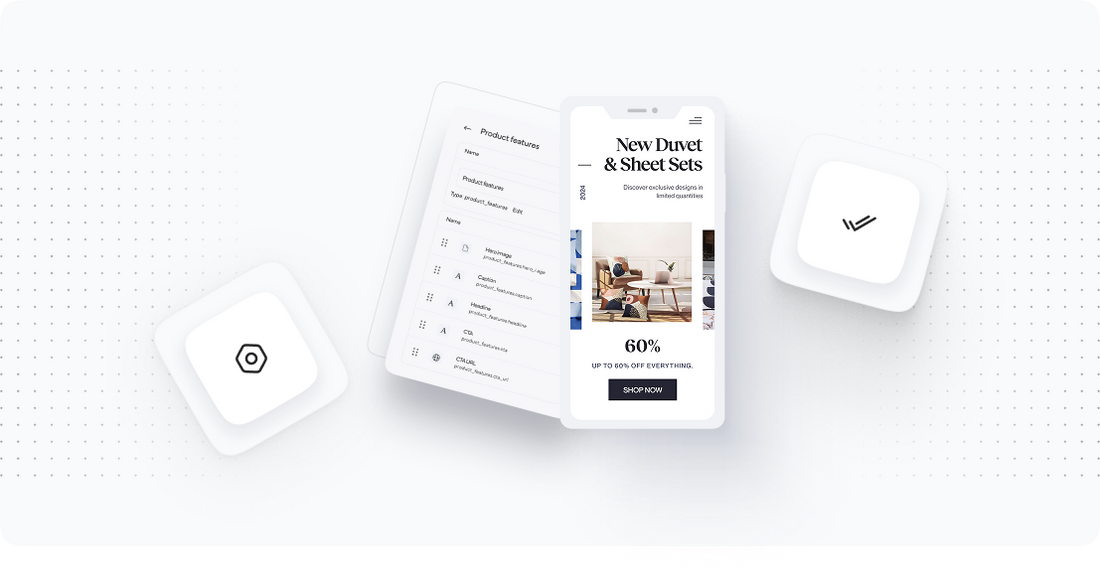
Step 4: Testing and Validation
After successfully migrating data to Live Search, it is imperative to conduct rigorous testing to validate the functionality and performance of the new setup. This step is essential to identify any discrepancies or issues that may have arisen during the migration and to ensure that the search capabilities meet user expectations.
We will begin by performing a series of tests that cover various aspects of the Live Search functionality, including search accuracy, speed, and the relevance of results returned.
- Conduct Functional Testing: Test the basic functionality of the search feature by performing various queries and evaluating the results for accuracy and relevance.
- Performance Testing: Assess the speed of search results under different load conditions to ensure that Live Search can handle peak traffic without degradation of performance.
- User Acceptance Testing (UAT): Involve a select group of users to test the search functionality and provide feedback on their experience, ensuring it meets the expectations and needs of your customer base.
By thoroughly validating the Live Search implementation, we can ensure a high-quality user experience and address any potential issues before the platform goes live.
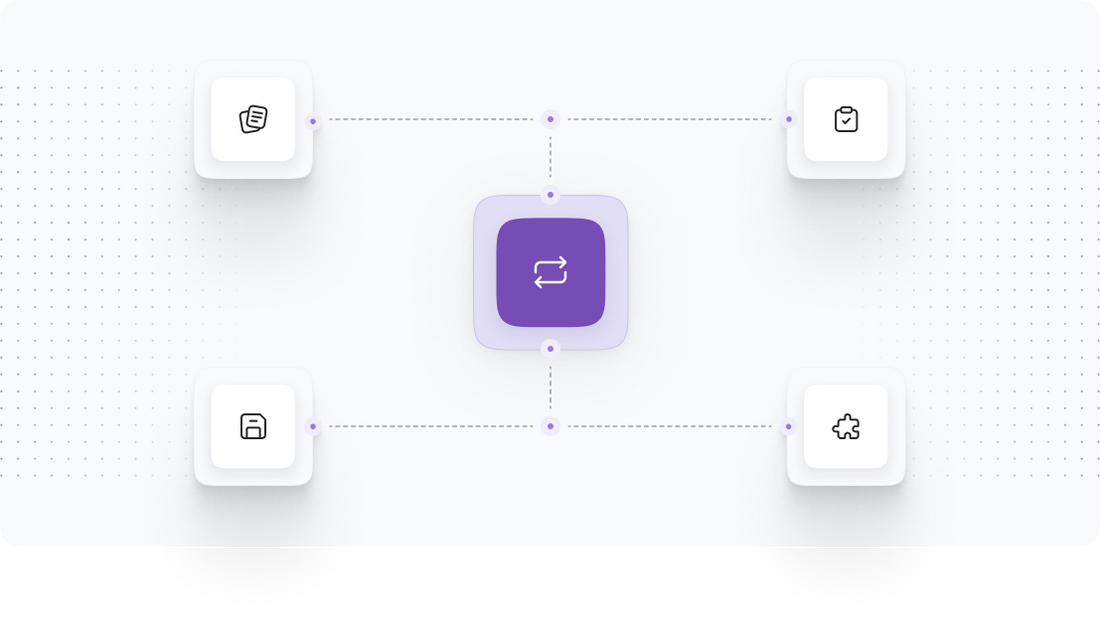
Step 5: Optimizing Search Functionality
With successful testing completed, the next step is to optimize the search functionality within Live Search. This involves refining the search algorithms and settings to ensure that users receive the most relevant results in the quickest time possible. Our objective is to enhance the customer experience and improve conversion rates by making it easier for users to find what they're looking for.
We will analyze search behavior and user interactions to identify areas for improvement. Based on this analysis, we will adjust settings such as search ranking, synonyms, and filters.
- Analyze Search Data: Review analytics from the search functionality to understand how users are interacting with the search feature, including common queries and areas where users may be dropping off.
- Adjust Ranking Rules: Modify the search ranking rules based on user behavior and preferences to ensure that the most relevant products are displayed first.
- Implement Synonyms and Filters: Add synonyms for common search terms and define filters that allow users to easily narrow down their search results, improving usability and satisfaction.
By taking the time to optimize the search functionality, we can significantly enhance the overall performance of the Live Search platform and contribute to increased sales and customer satisfaction.
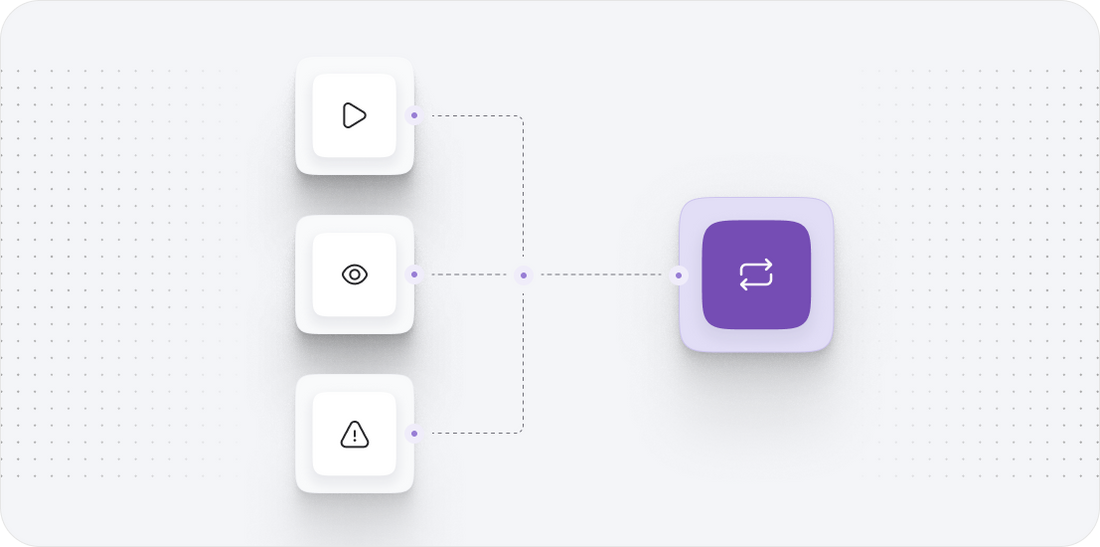
Step 6: Launching Live Search
As we approach the final stages of our migration process, we need to prepare for the official launch of Live Search on your ecommerce store. This step is crucial as it involves ensuring that everything is in place for a smooth transition for your customers, minimizing disruption to their shopping experience.
We will create a detailed launch plan that includes communication strategies, monitoring protocols, and fallback procedures in case of unexpected issues.
- Develop a Launch Plan: Outline the steps to be taken during the launch, including the timing of the migration and any necessary downtime notices for customers.
- Communicate with Customers: Inform your customers about the new search functionality and any changes they need to be aware of, utilizing email newsletters and website banners.
- Monitor the Launch: Keep a close watch on the performance of the new search feature post-launch, ready to address any issues that arise immediately.
By carefully planning the launch, we can ensure that customers have a positive experience with the new search functionality and that any potential issues are swiftly resolved.
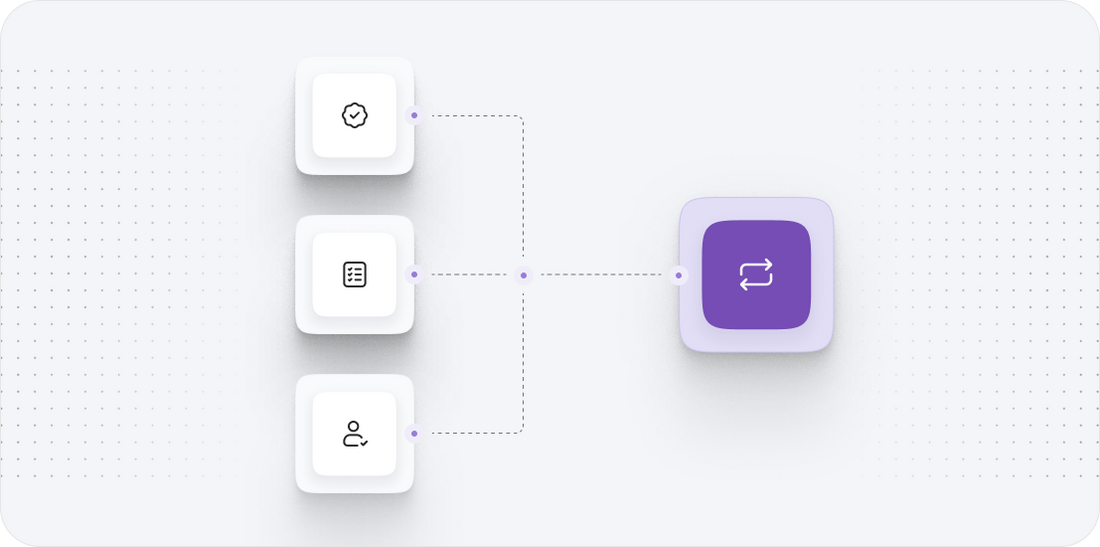
Step 7: Post-Launch Evaluation and Support
After successfully launching Live Search, it is essential to conduct a post-launch evaluation to assess the performance of the new system. This evaluation will help us identify areas for further improvement and ensure that the platform continues to operate effectively.
During this phase, we will collect data on user interaction with the search function, monitor performance metrics, and gather feedback from customers to make informed decisions about future optimizations.
- Collect User Feedback: Engage with customers through surveys or feedback forms to gather insights on their experience using the new search functionality.
- Monitor Performance Metrics: Use analytics tools to track key performance indicators (KPIs) such as search speed, user engagement, and conversion rates to evaluate the effectiveness of the new system.
- Establish Ongoing Support: Set up a support system to address any issues that arise post-launch and provide regular updates to the Live Search configuration based on user feedback and performance data.
By focusing on post-launch evaluation and support, we can ensure that the Live Search system remains optimized and continues to meet the evolving needs of your customers.
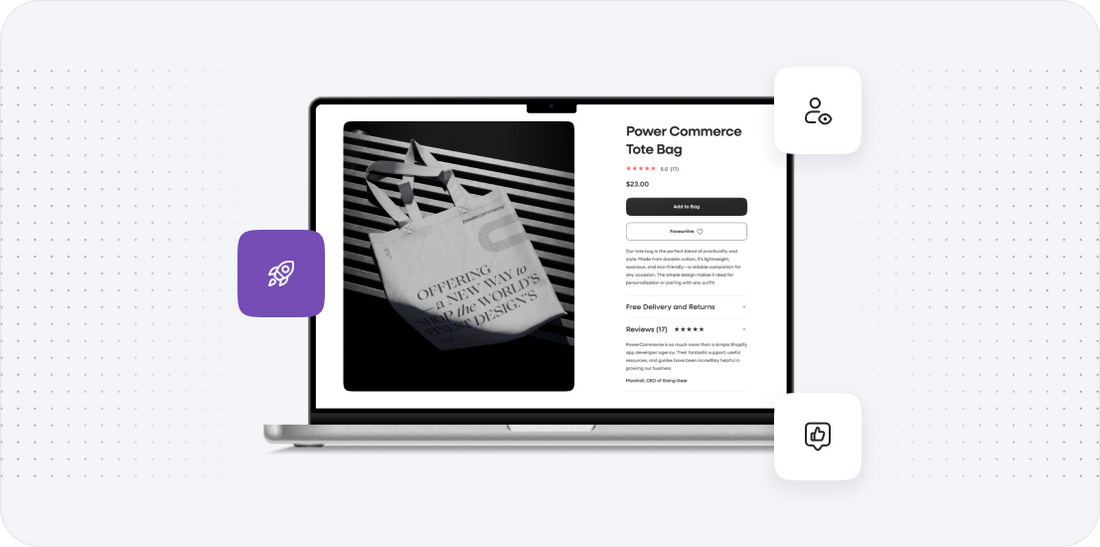
Power Your Step - Get in Touch
Are you ready to transform your ecommerce experience with Live Search by Okas Concepts? At PowerCommerce, we are dedicated to ensuring your migration is smooth and successful. Our team of experts is here to guide you through every step of the process, leveraging our extensive experience and innovative solutions.
Don’t let the complexities of migration overwhelm you. Contact us today to discuss how we can assist you in powering your ecommerce journey:
- Visit our contact page to fill out our inquiry form.
- Call us directly at 800-099-9090.
- Email us at info@powercommerce.com.
Our commitment to your success is unwavering, and we look forward to partnering with you to achieve your ecommerce goals!
Stay aligned on what's happening in the commerce world
Trusted by 1000+ innovative companies worldwide
Schedule Your Migration Today
For businesses prioritizing simplicity, scalability, and robust support, Shopify is the clear winner.
Looking to migrate without hassle? Power Commerce can handle the entire process, ensuring smooth data transfer, store setup, and post-launch success.
Marka Marulića 2, Sarajevo, 71000 BiH
00387 60 345 5801
info@powercommerce.com


